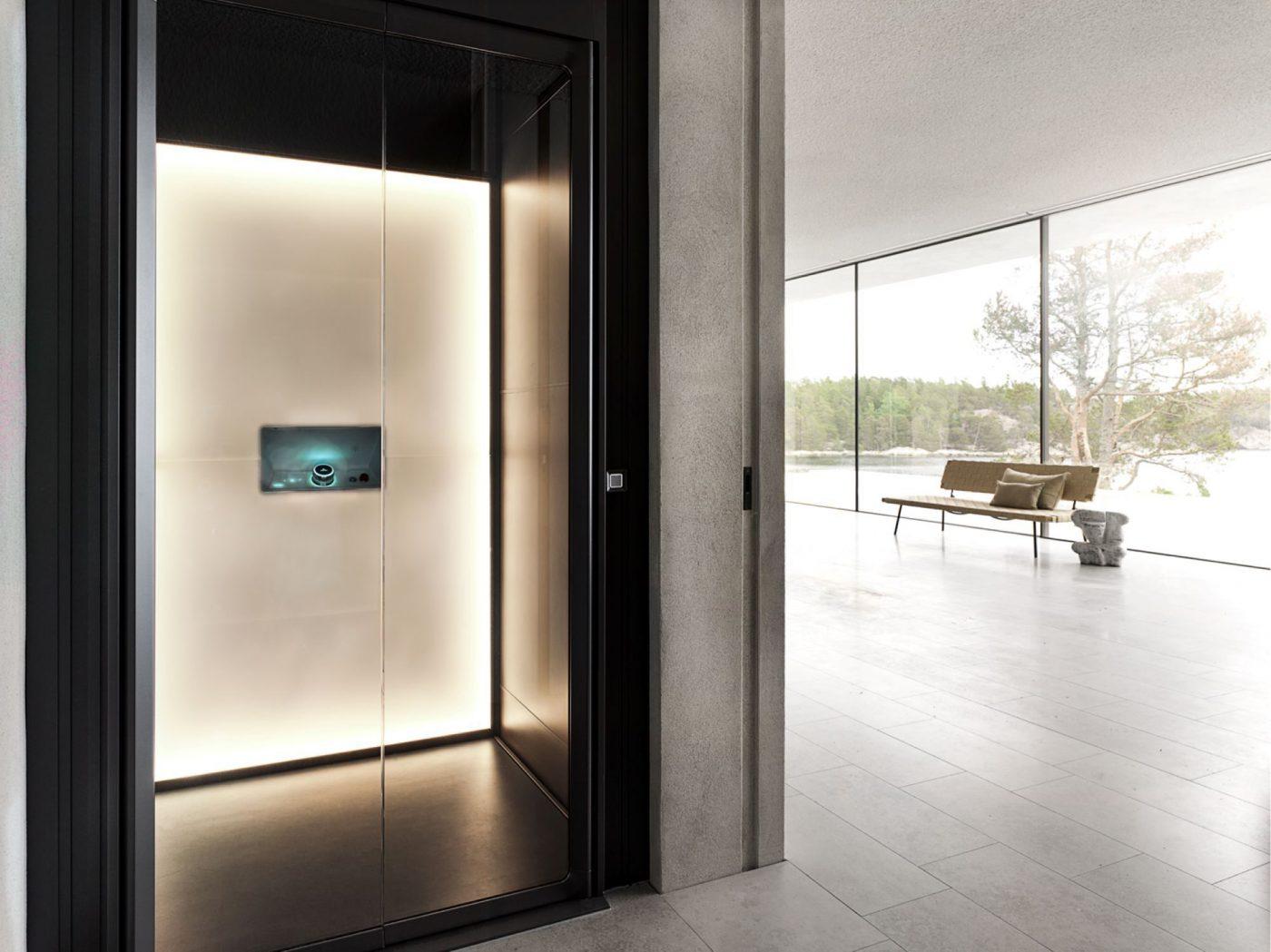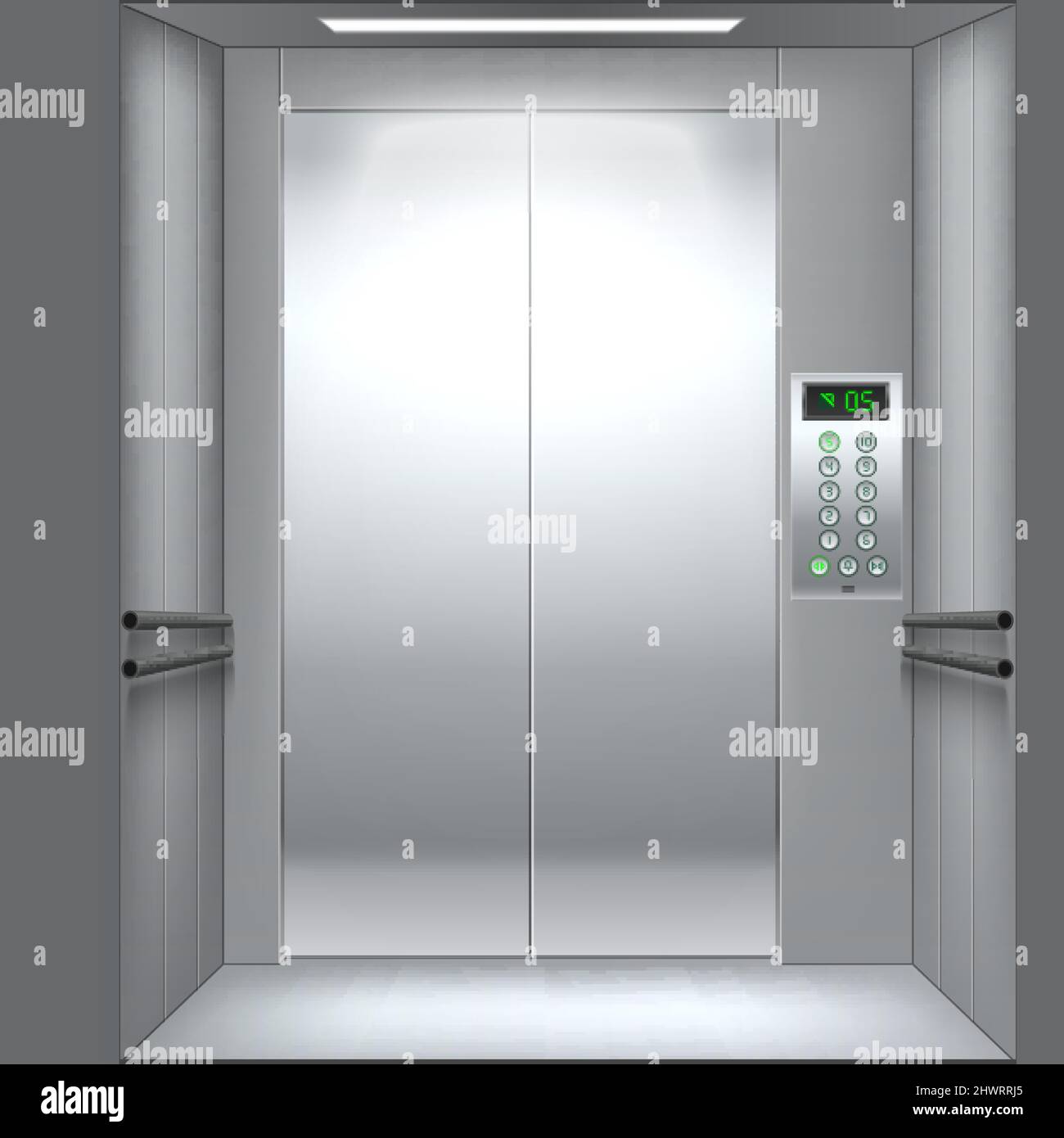We Maintain Lifts with Precision: Ensuring Security and Effectiveness
We Maintain Lifts with Precision: Ensuring Security and Effectiveness
Blog Article
Looking Into the Globe of Elevators: Usual Concerns Dealt With by Various Lift Devices
As we browse through the vertical transportation systems of modern-day structures, elevators stand out as a crucial component of our day-to-day lives. From hydraulic elevators to grip systems and machine-room-less designs, each lift kind comes with its set of typical problems.
Hydraulic Lifts
Hydraulic lifts, frequently chosen for low-rise structures, utilize fluid pressure to regulate the movement of the elevator automobile (lift repair companies). This mechanism involves a hydraulic pump pressing oil right into a cylinder, causing the elevator to relocate in the desired instructions. While hydraulic lifts are recognized for their peaceful and smooth operation, they do include their own set of typical problems
One widespread trouble with hydraulic lifts is oil leak. The seals in the hydraulic system can put on out over time, resulting in oil seepage. If left unaddressed, this not just develops a mess yet can additionally influence the lift's efficiency. In addition, issues with the control system, such as malfunctioning shutoffs or a malfunctioning pump, can cause interruptions in the lift's movement.
Routine maintenance and punctual repairs are necessary to make certain the smooth functioning of hydraulic lifts. By resolving these usual problems proactively, building proprietors can decrease downtime and make sure the safety and security and effectiveness of their vertical transport system.
Grip Elevators
When considering upright transport systems in structures, one more common kind besides hydraulic elevators is the traction lift. Grip elevators operate using a system of ropes and counterweights that move the lift vehicle by grasping onto the hoist ropes. This mechanism enables smoother and quicker upright transport contrasted to hydraulic systems.
Among the common concerns encountered by traction elevators is rope wear. The continuous motion of the ropes within the grip system can bring about deterioration in time, potentially causing the lift to malfunction or become risky for usage. Normal examinations and upkeep of the ropes are necessary to make sure the lift's correct performance and safety and security.
One more issue that grip lifts may experience is connected to the control system. Troubles with the control system can lead to problems such as unpredictable activity, hold-ups in response times, and even total shutdowns. Routine testing and maintenance of the control system are vital to stop such problems and guarantee the lift's integrity.
Machine-Room-Less (MRL) Lifts

One of the key components of MRL lifts is the compact gearless traction device that is installed within the hoistway. This machine efficiently drives the lift automobile without the requirement for bulky devices discovered in typical traction lifts. In addition, MRL elevators generally utilize a weight system to stabilize the automobile, more improving their energy effectiveness.
In spite of their advantages, MRL lifts might encounter difficulties connected to repair and maintenance because of the constrained area for devices setup. Availability for servicing components within the shaft can be limited, calling for specialized training for service technicians. Proper upkeep schedules and routine assessments are crucial to ensure the ongoing smooth procedure of MRL lifts.
Overloading and Weight Limit Issues
Are lifts furnished to deal with excess weight lots effectively and safely? Overwhelming and weight restriction concerns are essential concerns in lift operations. Elevator suppliers style lifts with particular weight abilities to make sure traveler safety and security and equipment long life. Exceeding these weight limits can result in various problems, consisting of mechanical failings, hold-ups, and security dangers.
When lifts are strained, it puts extreme pressure on the motor, cable televisions, and various other parts, potentially triggering malfunctions or malfunctions. If they discover excess weight, safety devices such as sensing units and overload sensors are in place to protect against lifts from moving. In addition, surpassing weight limits can bring about boosted energy intake and deterioration on the lift system.
To alleviate overloading problems, building supervisors should plainly display weight restrictions in elevators and enlighten residents on the importance of sticking to these restrictions - lift repair companies. Routine upkeep checks click for source by qualified service technicians can also aid guarantee that lifts are operating within secure weight parameters. By resolving overloading and weight limitation concerns proactively, building proprietors can enhance lift security and performance
Electrical System Failures
Going beyond weight limits in elevators can not just lead to mechanical issues however additionally potentially contribute to electric system failings within the lift infrastructure. Electrical system failings are a crucial issue in lift procedure, as they can cause unforeseen closures, breakdowns, and even safety dangers. One usual electric issue is the overheating of components due to extreme current flow brought on by straining the elevator beyond its capability. This can lead to damage to the motor, control, or electrical wiring systems, leading to costly fixings and downtime.
Regular upkeep and evaluations are crucial to identify and resolve prospective electrical problems immediately, making certain the reliable and secure operation of lift systems. By adhering to weight restrictions and conducting routine electric system checks, building owners can minimize the danger of electric failures in elevators.
Verdict

Hydraulic lifts, commonly preferred for low-rise structures, utilize fluid stress to control the activity of the lift vehicle.When taking into navigate to these guys consideration vertical transport systems in buildings, one more common kind aside from hydraulic elevators is the grip elevator. Grip lifts operate making use of a system of ropes and weights that move the my explanation lift vehicle by clutching onto the hoist ropes. Unlike conventional lifts that require a separate equipment room to house the devices, MRL lifts integrate most of the components within the shaft, removing the demand for a committed maker room.In conclusion, lifts face usual problems such as hydraulic breakdowns, grip system failings, and electrical system problems.
Report this page